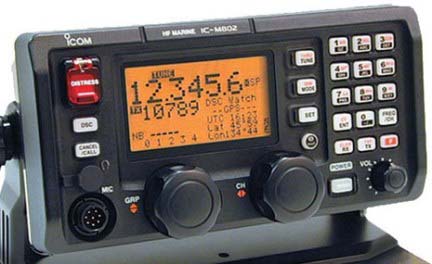BOBRR
Member
Hi,
Please bear with me a bit; that old age problem again.
Confused over Coast Guard and Maritime comms modes.
The big list of CG Channels: are these FM ?
CG Aero: are these HF ?
USB used anywhere in the Maritime world ?
Thanks, appreciate the help,
Bob
Please bear with me a bit; that old age problem again.
Confused over Coast Guard and Maritime comms modes.
The big list of CG Channels: are these FM ?
CG Aero: are these HF ?
USB used anywhere in the Maritime world ?
Thanks, appreciate the help,
Bob


